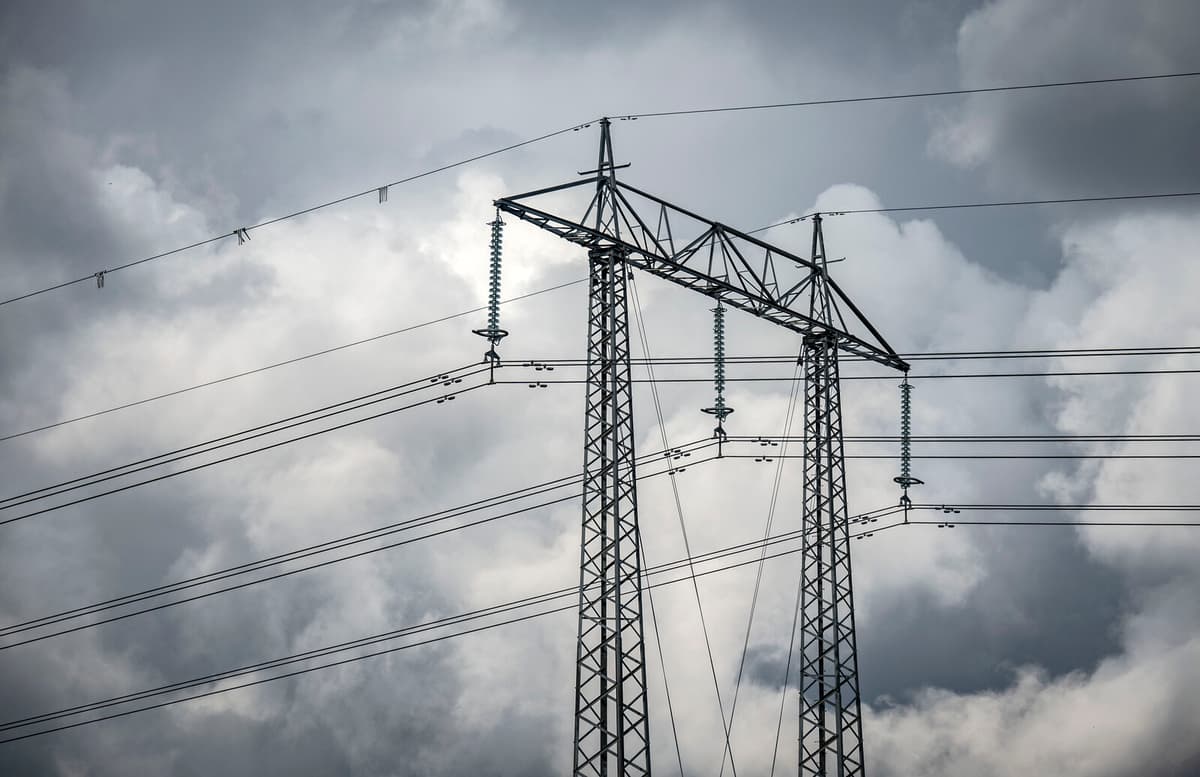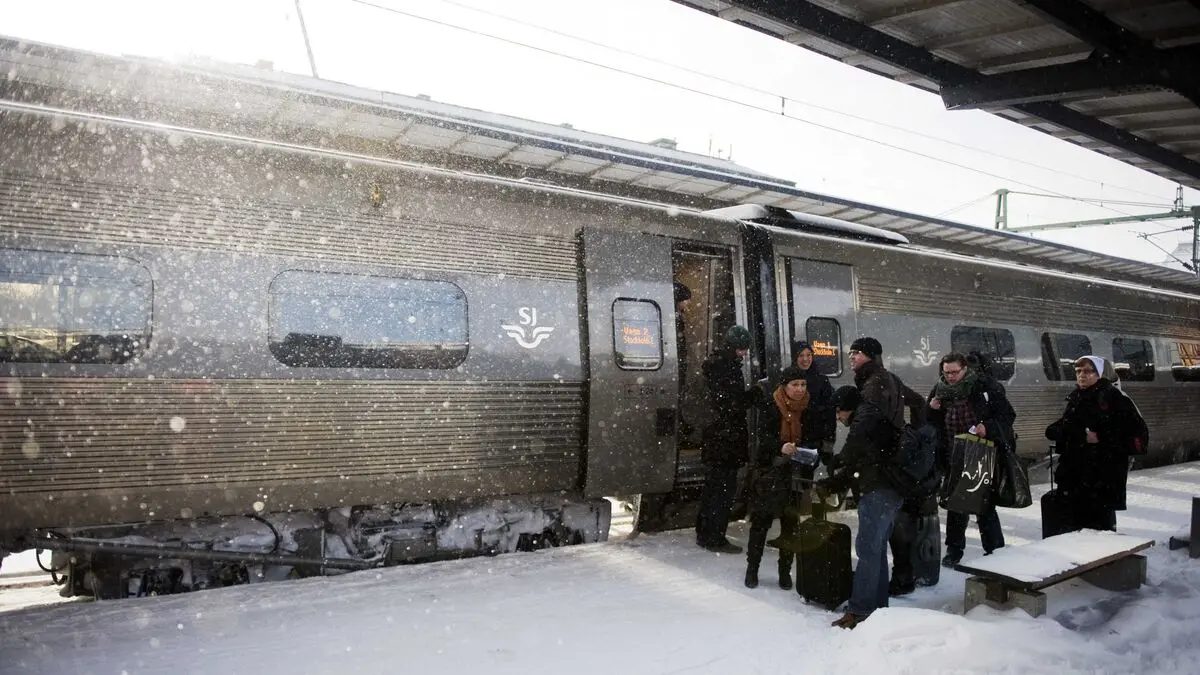The Government wants to examine whether it is possible to abolish Sweden's four electricity areas and make it one again, as it did before 2011.
And yes, it is possible, but it comes with challenges and a redistribution of costs, according to experts. Even Svenska kraftnät, which is now being assigned the task by the Government, says that it is feasible, but does not want to do so until the task has landed on the agency's desk.
Bottlenecks
The simple question, is it possible to do?
Everything is possible, is the simple answer. But I do not think Svenska Kraftnät agrees, says Magnus Thorstensson at the electricity producers' industry organization Energiföretagen, which is positively inclined towards the Government's proposal.
We want as large electricity areas as possible, he continues.
But problems arise.
It's about handling the bottlenecks. Then Svenska kraftnät must counter-trade to keep the country together. For that, money and resources are required, says Thorstensson.
Today, one can simply express it as that the customers in southern Sweden are paying for the limited transmission capacity of electricity from north to south - money that ends up as bottleneck fees in the form of several tens of billions of kronor at Svenska kraftnät.
Winners
With one electricity area and thus the same electricity price throughout the country, the cost lands at Svenska kraftnät in the form of so-called counter-trading, a form of purchasing flexibility from both producers and consumers. The state-owned agency is then forced to raise tariffs against electricity distributors, with likely more expensive electricity grid fees for end-users as a result.
In the customer collective, the winners are those in southern Sweden who today pay significantly higher electricity prices than the Northerners. The opposite applies to the Northerners who get higher electricity prices.
Among producers, the winners are those in the north who will receive better payment for their electricity production.
The reception from the industry and electricity customers is overall positive.
"Fewer and larger electricity price areas give people and industry a more predictable and stable electricity price, it's good for Swedish competitiveness", says Fortum's analysis chief Mats Persson in a written comment.
But measures are needed here and now, thinks the electricity-intensive industry.
"New investigations, all honor. Sweden cannot solve the problems by changing the electricity price areas' division", says Malin Johansson, energy expert at the industry organization IKEM.





